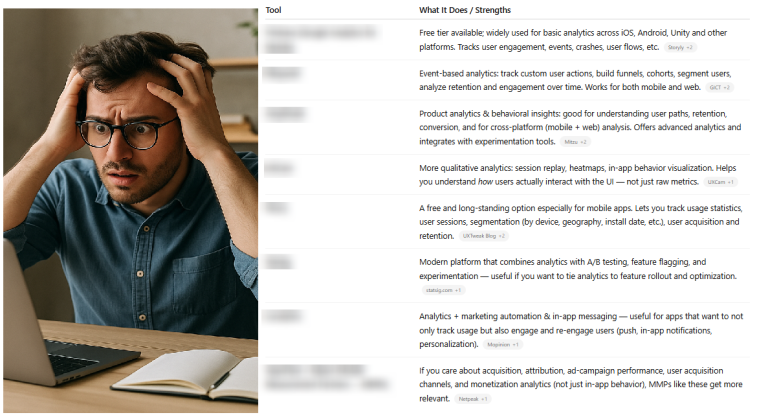
The problem of overly restrictive Application Tracking Systems (ATS) is a common one, as it often leads to qualified candidates being overlooked due to rigid keyword matching or formatting issues. Balancing efficiency in shortlisting candidates with fairness and inclusivity is challenging, but there are several potential solutions that can help bridge the gap between automation and human judgment:
1. Enhanced AI & Machine Learning Algorithms
- Contextual Understanding: Updating ATS to use AI that understands context, not just keywords, can help. Instead of searching for exact matches (e.g., specific job titles or buzzwords), AI could be trained to recognize skills and experiences that align with the job requirements. For instance, an applicant with “leadership experience in project management” could be matched even if they didn’t use the exact phrasing present in the job description.
- Natural Language Processing (NLP): NLP can allow the ATS to understand nuances and synonyms, interpreting resumes more like a human would. This makes it possible to identify skills that are described differently but are functionally equivalent.
2. Human-AI Hybrid Approach
- AI as an Aid, Not a Gatekeeper: Instead of relying on ATS to eliminate candidates, AI can create a “first pass” shortlist that a human reviewer can then assess. This way, technology filters out clearly irrelevant applications but leaves the final decisions to people who can better understand the nuances of experience.
- Randomized Audits: To further mitigate bias, a portion of rejected candidates could be manually reviewed on a regular basis. This could help identify patterns of potentially qualified candidates being excluded and allow adjustments to the ATS parameters.
3. Candidate Scoring & Ranking
- Holistic Scoring: Create scoring models that look beyond keywords to include a variety of factors like experience relevance, education, and even soft skills like communication (if discernible from cover letters or assessments). This ranking method allows for a more balanced and comprehensive view of each applicant.
- Skills-Based Assessments: Pairing the ATS process with automated skill assessments (like coding tests or scenario-based quizzes) can help objectively gauge candidate suitability. This allows candidates who might be filtered out by traditional keyword-based systems to shine through their performance.
4. Increased Transparency & Feedback
- Feedback Mechanisms: Most ATS systems don’t inform candidates why they were rejected, making it difficult for applicants to improve their chances in the future. Including a simple feedback mechanism could help candidates better understand which qualifications were lacking, and in turn, improve their resumes.
- Calibration Tools for Recruiters: Recruiters could be provided with tools to adjust and test the criteria used by ATS systems more dynamically. For example, they could input sample resumes of ideal candidates to see how well the system screens them and adjust parameters as needed.
5. Focus on Diversity & Inclusion
- Bias Detection Algorithms: ATS systems can integrate algorithms designed to detect and mitigate bias in the screening process. For example, they could be programmed to anonymize resumes (removing names, gender, and other identifiers) during the initial screening stage, focusing solely on skills and experience.
- Diversity Goals as Criteria: ATS can be adjusted to ensure a more diverse pool of candidates is brought forward for human review, considering factors like varied educational backgrounds and professional experiences rather than overly rigid criteria.
6. Integration with Networking & Referrals
- Referral Boosting: If a candidate is referred internally or has connections within the company, their application could be given a higher weighting. This helps balance automated processes with the value of personal endorsements and recommendations.
- LinkedIn or Portfolio Integration: Allowing candidates to integrate their LinkedIn profiles or portfolio websites can give ATS systems more comprehensive data, potentially capturing relevant experience that might not be fully reflected in a resume.
Each of these solutions leverages technology while still recognizing the importance of human intuition and insight. The goal is to refine the automation process to make it more inclusive and fair while maintaining efficiency, reducing the risk of missing out on top talent.

Community Building for Brands
How do you make your brand stand out?
The answer lies in the age-old art of storytelling. Just as a perfect ball game keeps fans on the edge of their seats, a well-told story can captivate your audience, create emotional connections, and ultimately drive action.
The following was taken from the book, Three Uses of the Knife: On the Nature and Purpose of Drama, by David Mamet
What do we wish for in the perfect ballgame? Do we wish for our team to take the field and thrash the opposition from the first moment, rolling up a walkover score at the final gun?
No. We wish for a closely fought match that contains many satisfying reversals, but many of which can be seen retroactively to have always tended toward a satisfying and inevitable conclusion.
- Related post: The T-Shirt Theory of Branding
- Related post: The Power of Branding: John’s Family Premium Organic Garlic
- Related post: Why You Don’t Want to Run a Business that Relies Solely on Ads


Continue reading: What’s the ROI of a Billboard








